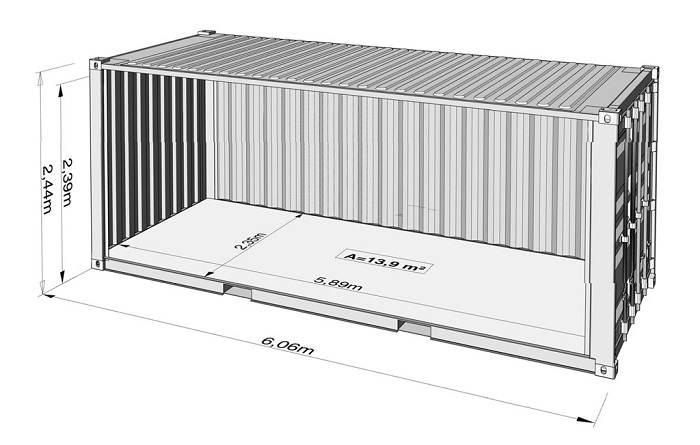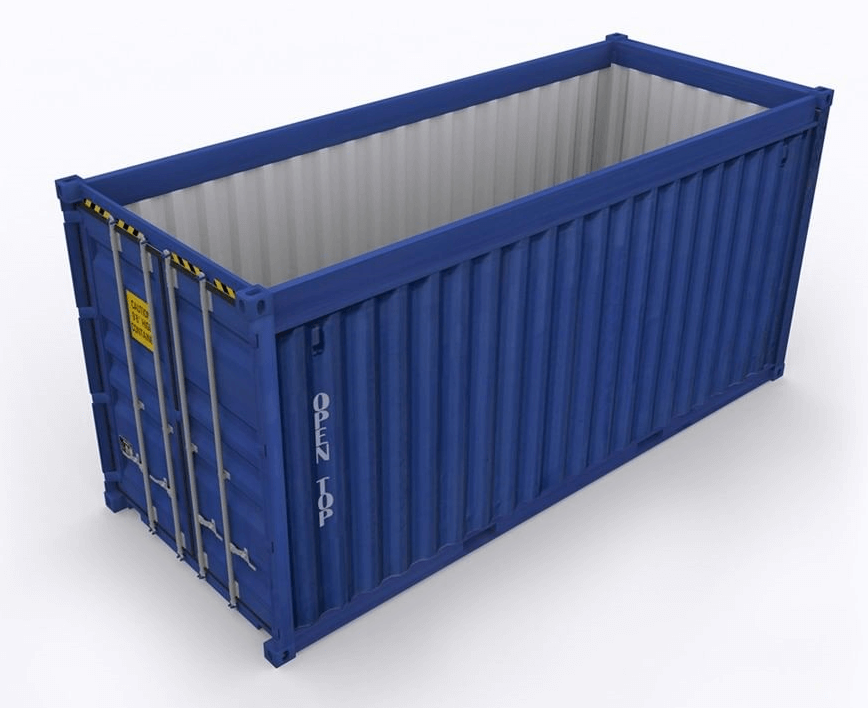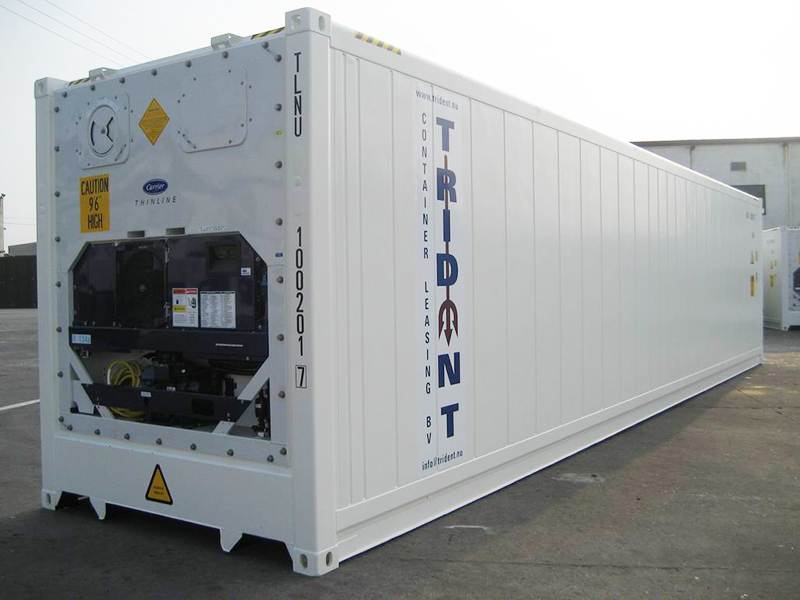
A Comprehensive Guide to Shipping Container Measurements
A Comprehensive Guide to Shipping Container Measurements
In today’s world of global trade and logistics shipping containers play a vital role in secure and reliable transportation of goods over extensive distances. It is crucial to comprehend the diverse measurements linked with these cargo carriers for efficient handling and compatibility during transit. Our aim through this blog post is to provide you an exhaustive guide on the different dimensions as well as capacities associated with shipping containers.

Standard Container Sizes
20-Foot Container (TEU)
The Twenty-foot Equivalent Unit or 20 foot container is a widely used shipping container due to its considerable size dimensions of 20 feet in length, 8 feet wide and with an overall height of approximately 8.5 ft. It primarily transports goods that do not demand excessive capacity requirements during shipment.
40-Foot Container (FEU)
Often preferred for larger shipment, the Forty-foot Equivalent Unit also known as the 40-foot container, is another widely used size in shipping containers. Although it has similar width and height to a 20-foot container this particular type is twice its length at 40 feet long which ultimately provides double capacity for cargo purposes.

High Cube Containers
20-Foot High Cube Container
High Cube containers provide additional vertical space accommodating cargo that exceeds the standard height limit. The 20-foot High Cube container has the same width and length as a standard 20-foot container, but with a height of 9 feet 6 inches. It is particularly useful for bulky or tall goods.
40-Foot High Cube Container
Similar to its standard counterpart, the 40-foot High Cube container offers extra height for increased cargo capacity. It measures 40 feet in length, 8 feet in width and 9 feet 6 inches in height. These containers are popular for their versatility and ability to accommodate various types of cargo.

Open Top Containers
Containers with open tops are constructed to have a detachable roof facilitating the effortless loading and unloading of big loads. They are appropriate for goods that cannot fit into traditional containers due to their height.
20-Foot Open Top Container
The dimensions of the 20-foot Open Top container are identical to those of a standard 20 foot container: however this variant comes with a detachable top cover. Mainly meant for shipping tall items like machinery and equipment, it is frequently utilized in transportation.
40-Foot Open Top Container
The 40-foot Open Top container offers a flexible solution for transporting oversized cargo with dimensions similar to that of a standard 40 footer. This type of container is designed with a removable top, which makes the loading and unloading processes more efficient.

Refrigerated Containers (Reefers)
Perishable goods are transportable through refrigerated containers known as reefers, which come in different sizes to cater for diverse shipping demands equipped with temperature-control mechanisms.
20-Foot Reefer
The 20-foot Reefer container is designed to provide refrigerated storage space with standard 20-foot container dimensions. This container guarantees the freshness and preservation of goods that require specific temperature requirements during transport or storage.
40-Foot Reefer
The 40-foot Reefer container offers increased refrigerated capacity for transporting perishable items. Like its standard counterpart this type of container maintains the same length, width, and height dimensions while being outfitted with cooling mechanisms inside.
A more effective strategy in selecting the appropriate shipping container for your cargo. Accurate shipping container measurements, capacity and size including standard sizes, high cube containers open tops or refrigerated units will be an important factor to consider in optimizing logistics planning and ensuring successful transportation. Gaining a thorough comprehension from this comprehensive guide can help you make informed decisions leading towards efficient reliability in transport operations.

